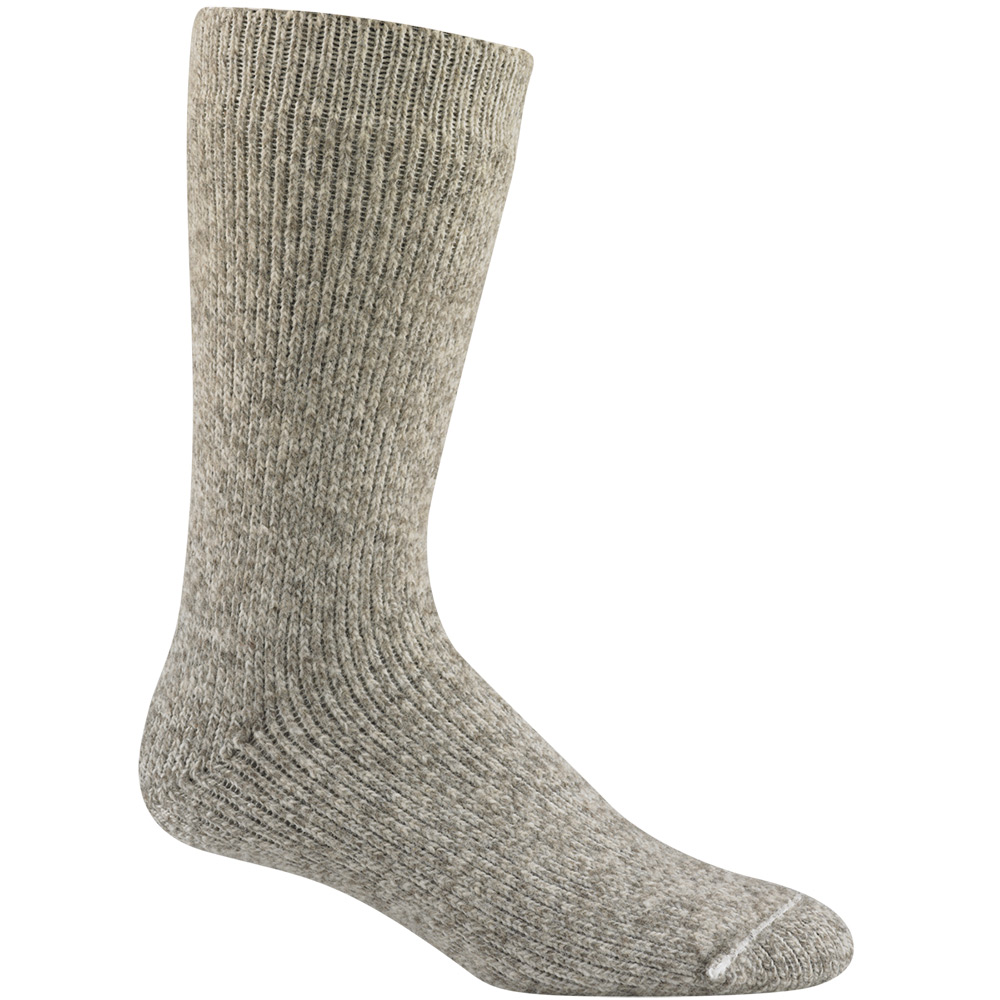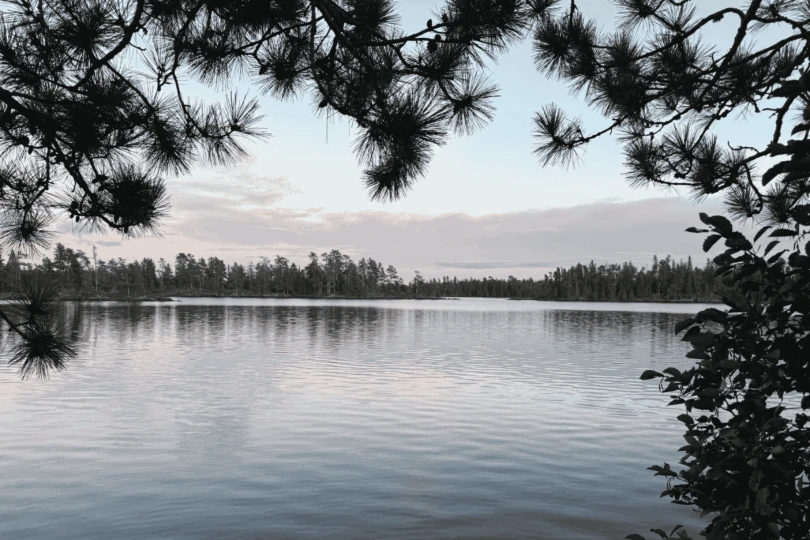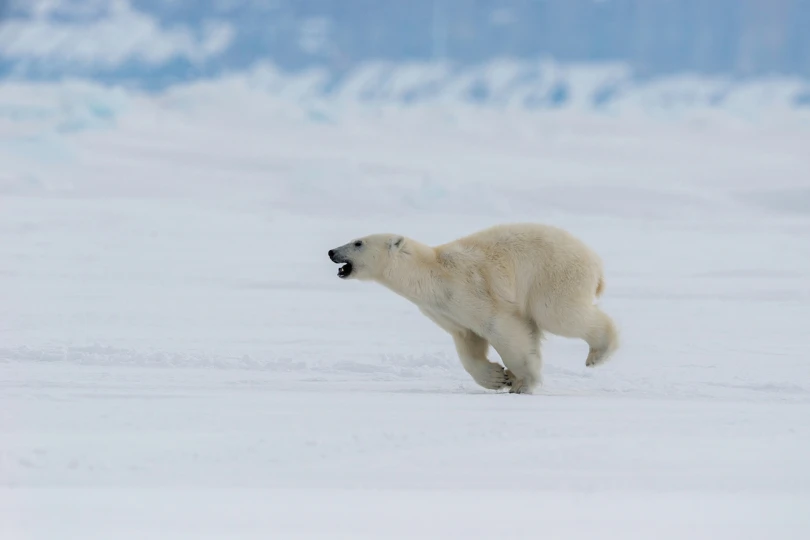Polar Explorer Eric Larsen knows the cold. He’s been to the North Pole, South Pole, and the summit of Mount Everest — all in a single year. Use his tips to keep feet warm in the winter.
Cold feet no longer… that is the premise of this post, a foot-specific followup to the instructional “5 Commandments Of Winter Warmth.” Follow these tips for warm tootsies anywhere on Earth.
How to Keep Feet Warm in Winter
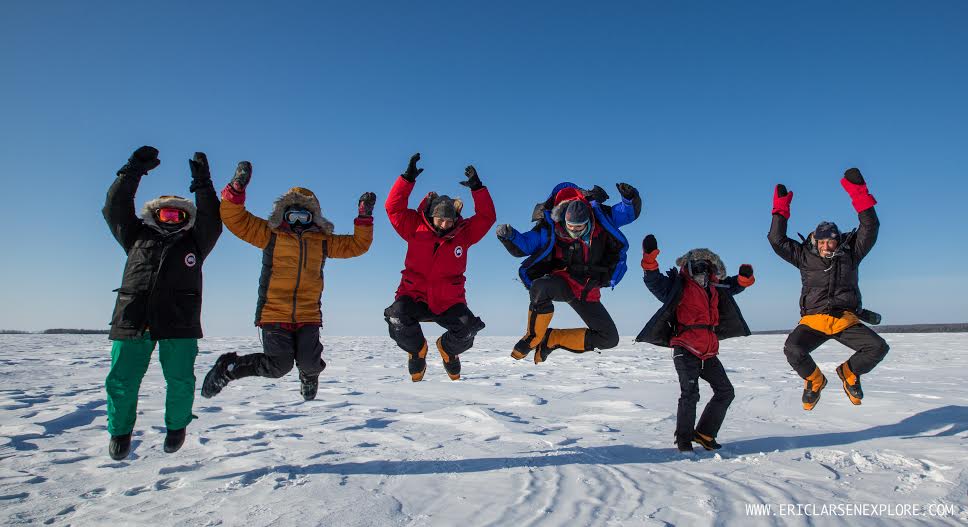
1. Start Warm
Starting the day with warm boots, liners, and insoles means your feet won’t have to work overtime to heat them up and establish a temperature equilibrium. It can be a bit trickier when winter camping; put liners and insoles in your sleeping bag at night.
2. Those Boots Aren’t Made for Driving
Wearing your big socks and boots while driving to the hill or trail is like wearing your biggest down puffy inside a sauna; you will sweat. When your feet sweat, your boots get wet and when your boots are wet you get cold feet. Besides, big boots and driving don’t really mix.
3. Heat the Core First
When your overall temperature drops, your body’s physiological response is to reduce blood flow to extremities to keep vital organs warm (while sacrificing the more “disposable” parts). Your core is like a big heat exchanger — warming up blood and then sending it back out. Give your feet the extra advantage they deserve by wearing appropriate winter clothes and layers. (See “5 Commandments Of Winter Warmth”).
4. Dress Your Feet
You wouldn’t go out in below-freezing weather in a thin summer jacket, so don’t make your feet do the same thing. Bigger socks trap more warm air next to your body and provide better insulation. Much like the layering system you use for your body, layer up on your feet, too! For seriously cold temps I recommend a two to three layer system:
1. lightweight wicking sock
2. lightweight wool sock
3. medium to heavy wool sock.
Looking for one of the warmest sock ever invented? Try Wigwam’s Ice Sock — I’ve worn it on all my polar expeditions.
5. Super Size Boots
While wearing thicker socks is an important part of the solution, it can also be part of the problem. Too many socks can mean a tight squeeze that ultimately cuts off circulation to your feet. Make sure boots are sized properly for the number and type of socks you wear while leaving enough room to wiggle your toes. I size my polar boots a full size larger to accommodate socks and insoles.
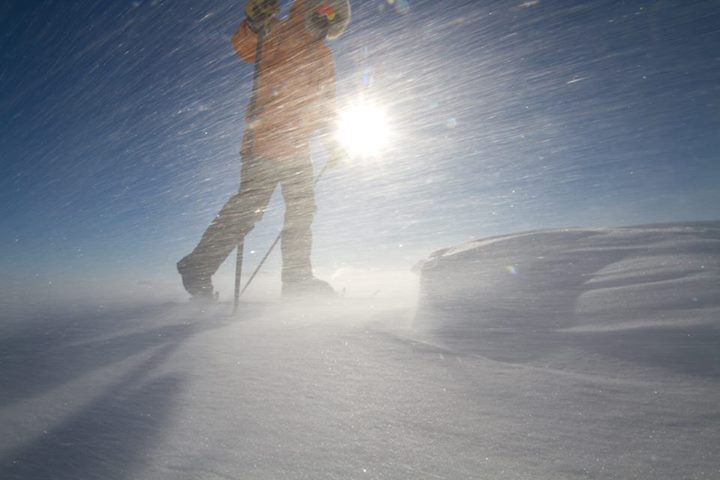
6. Insole Upgrade
Look at any super-cold-rated boot and you’ll see a thick sole. You lose more heat faster by simply standing on cold surfaces (conduction) than through cold air around your feet (convection). Therefore, I recommend adding a thicker or additional insole to your boot system. For really cold weather, I actually use two extra insoles.
7. Insulate the Ground
If you’ll be in one place for a long time (belaying, cooking, etc.) try standing on an insulated pad. I have a 24-inch-wide section of old RidgeRest that I carry with if I know I’m going to be fairly inactive.
8. Seal Out Snow
Wet feet equal cold feet. It’s a pretty simple equation. Ensure your feet stay dry by wearing gaiters (or pants with internal gaiters). It doesn’t take much snow in the top of your boots to get wet feet. The Outdoor Research Crocodiles are a time-tested model.
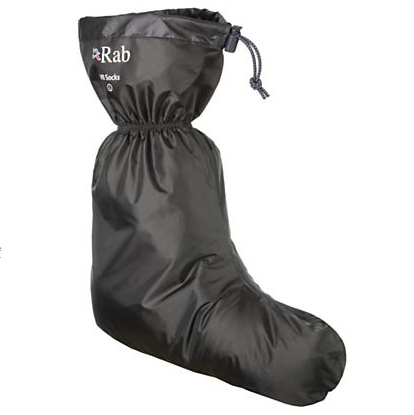
9. Block the Vapor
Still have cold feet? Worn next to skin or over a thin base sock, a vapor barrier liner prevents sweat from getting into your outer socks and boots and keep warm air next to your skin. Looking to save cash? Use plastic grocery store bags instead of more expensive (and sometimes less effective) VBLs. Caveat: VBLs aren’t breathable and are intended to keep moisture from your body from seeping into insulation. Your feet may feel clammy, but they will stay warmer.
10. Dry While Sleeping
Dry your boots out every night and start the day right. Even though you don’t realize it, moisture from your feet builds up in liners even after short activity. Once your boots are wet they won’t insulate as well. Each night, I pull out my liners and insoles to ensure my boots dry properly.
Bonus Tip! Run, Forest, Run
If you start to feel the cold creeping into your toes, get running, ski faster… or do jumping jacks. It’s amazing how physical activity creates body heat and increases warm blood flow to your extremities.
Eric Larsen is a polar explorer based in Colorado. He was nominated by GearJunkie readers as one of the 110 Outdoor Ambassadors.

